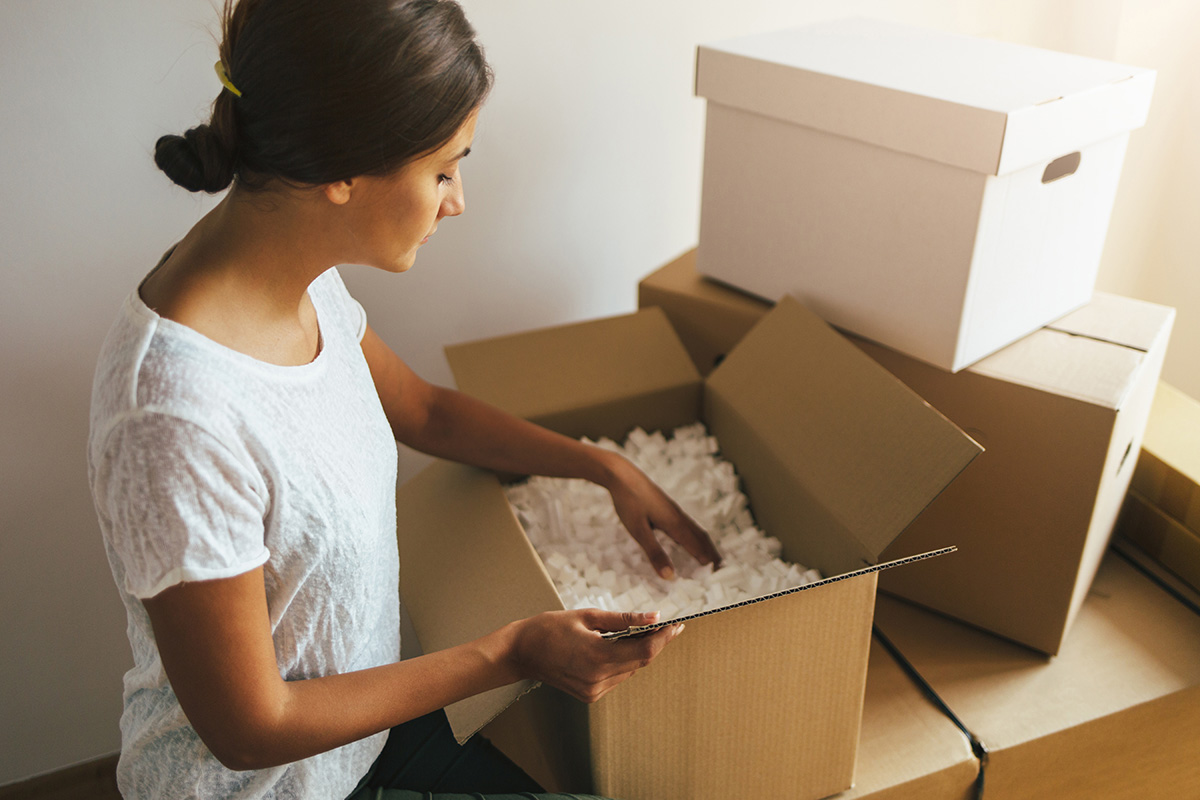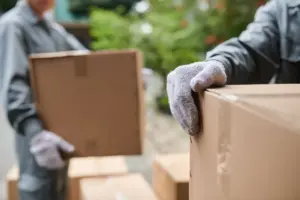Moving house often feels like a fresh chapter—full of anticipation, possibility, and just the right amount of chaos. Central to making the process work smoothly is the task of packing. While many look forward to settling into a new space, it’s easy to underestimate the array of materials needed to protect belongings and streamline the move. From breakables to bulky furniture, securing the right supplies is key to making sure all your possessions arrive unharmed.
Thinking strategically about packing materials is as important as choosing the removal company or planning the moving date. A solid packing approach reduces stress, minimises the risk of damage, and even saves money by making the most of each box and bag. Whether you’re heading just up the road or across the country, taking some time to understand which materials make a difference can truly transform the entire process.
Essential Categories of Packing Materials
Every household contains a variety of items—some delicate, some cumbersome, and plenty that land somewhere in between. Your packing materials should reflect this diversity, supporting different needs across the inventory of your life. Most packing products fall into several categories:
- Protection for Fragile Items
- Boxes & Containers
- Wrapping
- Cushion Filling
- Labelling & Sealing
- Special Products for Furniture or Odd Shapes
Dive into each category, and you’ll find a wealth of products with clear purposes.
The Keystone: Boxes and Containers
Boxes are the backbone of any house move. Quality options help keep items secure, stack neatly in the van, and make unloading a less troublesome affair. Not all boxes are created equal, and having a mix pays dividends.
Type of Box | Typical Use | Notes |
|---|---|---|
Small (1.5-2.0 cu ft) | Books, glassware, tools | Heavy items suit small boxes |
Medium (3.0 cu ft) | Kitchenware, toys, electronics | The most versatile size |
Large (4.5-6.0 cu ft) | Bedding, pillows, light clothing | Too large or heavy for books |
Wardrobe box | Clothing on hangers | Contains a rail for hanging |
Archive box | Documents, files | Handles for carrying |
Specialty boxes | TVs, artwork, mirrors, bottles | Purpose-built for delicate goods |
Double-walled boxes are preferable for added strength, especially for heavier or valuable contents. Before you buy any packing box, check that it has a consistently strong base and can withstand stacking without collapsing.
Wrapping for Security
The best wrapping materials protect against knocks, movement, and accidental crushing. Bubble wrap, arguably the most famous, wraps glass, ceramics, and electronics securely. It’s also useful for padding awkward corners or cushioning the inside of boxes.
Plain packing paper is invaluable: wrap plates, glasses, and other ceramics individually. Unlike newspaper, it leaves no ink marks on your possessions. Tissue paper, meanwhile, suits delicate surfaces—picture frames, tableware, small collectibles—or for slotting between items in a stack. And for quick tasks around the edges of furniture, stretch wrap (cling film on a grander scale) can keep drawers shut or provide a protective barrier against scuffs.
Providing Cushion: Fillers and Stuffers
No matter how well you wrap an item, it won’t matter much if it rattles around in an oversized box. This is where fillers come into play. These can be professional packing peanuts, scrunched paper, or soft goods you already own.
Common types of packing fillers include:
- Air pillows (small inflated plastic bags for large gaps)
- Foam beads or peanuts (surrounding fragile objects)
- Corrugated inserts and edge protectors
- Soft textiles (towels, jumpers, bedding—multi-use!)
Making the most of household items for padding not only saves money but also suits those looking to keep their move eco-friendly.
Taping and Sealing: Making Sure It Stays Shut
Every box needs to be reliably sealed. Packaging tape, most often in brown or clear forms, should be wide, long-lasting, and capable of withstanding a bit of movement. Choose a strong, pressure-sensitive adhesive that won’t pop loose after a few days. The classic tape gun speeds up the work, especially if you have dozens of boxes ahead.
Masking tape and painter’s tape serve a different purpose: they’re excellent for temporary labels or for sticking protective materials to furniture or paintings, as they peel away cleanly without leaving marks.
Essentials for Labelling
Labelling saves hours at the other end of the move. Permanent markers with thick tips work best as they remain visible on different surfaces. Stick-on labels or colour-coded stickers help you organise room by room, especially if you’re working with helpers or professional movers.
A recommended labelling approach includes:
- The room each box will go to
- Basic content description (e.g. “Pots and Pans”)
- Special notes (“Fragile”, “This Side Up”)
- The priority/unpacking order (“Open First”)
Don’t Forget the Unusual Shapes
Not every item fits neatly in a standard box. Some pieces—think lamps, garden tools, mirrors, or musical instruments—demand their own solutions. Large bin bags suit soft furnishings or bags of clothes. Mattress covers, in heavy-duty plastic or fabric, keep dust and dirt at bay during loading and unloading. Roll bags or bags with zipper seals protect duvets and pillows.
Corner guards, made from foam or rubber, keep furniture and artwork safe. Heavy-duty moving blankets protect wooden cabinets, sofas, or white goods—a must if you’re shifting items through tight stairwells or doorways.
Eco-friendly Choices
The traditional supplies of house moves have developed a greener edge in recent years. Many companies offer recycled cardboard boxes, biodegradable tapes, and packing peanuts that dissolve in water. If you’re looking to minimise single-use plastics, reusable crates are now widely available for short-term hire. Cotton or canvas bags, previously used for shopping, make sturdy carriers for books and kitchen gear.
You might also save by borrowing boxes from friends, checking supermarkets and local shops for free spares, or connecting with neighbourhood sharing groups. In the planning stage, compare your own inventory to your possible packing needs—often you can cut waste by thinking creatively.
Planning Quantity & Budget
Estimating how much you’ll need depends on the size of your home and the variety of your household goods. A rough guide might look like:
- One-bedroom flat: 15–20 boxes, roll of bubble wrap, three rolls of tape
- Two-bedroom home: 25–30 boxes, two rolls bubble wrap, five rolls tape
- Three/four-bedroom house: 40–60 boxes, three rolls bubble wrap, eight rolls tape
Additional supplies such as wardrobe boxes, mattress covers, and furniture blankets are best added depending on your inventory.
Preparing for Moving Day
With packing supplies in place, the actual work becomes much more manageable. Creating a dedicated packing station filled with all your materials means you’re not searching for tape midway through the process. Working room by room, wrap and pack carefully, topping up boxes with extra filling before sealing and labelling each one.
If you’re hiring a moving company, ask if they provide any specialist materials or offer eco-friendly options for rent. Many firms are happy to drop off packing supplies in advance, saving you multiple trips to the shop.
Useful Tips for Smarter Packing
- Pack heavier items at the bottom of each box, lighter ones on top.
- Don’t overload boxes; they should close flat without bulging.
- Avoid leaving empty spaces—fill with towels, clothing, or paper.
- Mark boxes with “Fragile” stickers for the attention of movers.
- Keep essential paperwork and valuables in a personal bag you carry yourself.
Moving is rarely simple, but the right set of packing materials can seriously tip the scales in your favour. With focused planning and a clear approach, even the most daunting collections of belongings can be packed up safely and efficiently for a new start.




